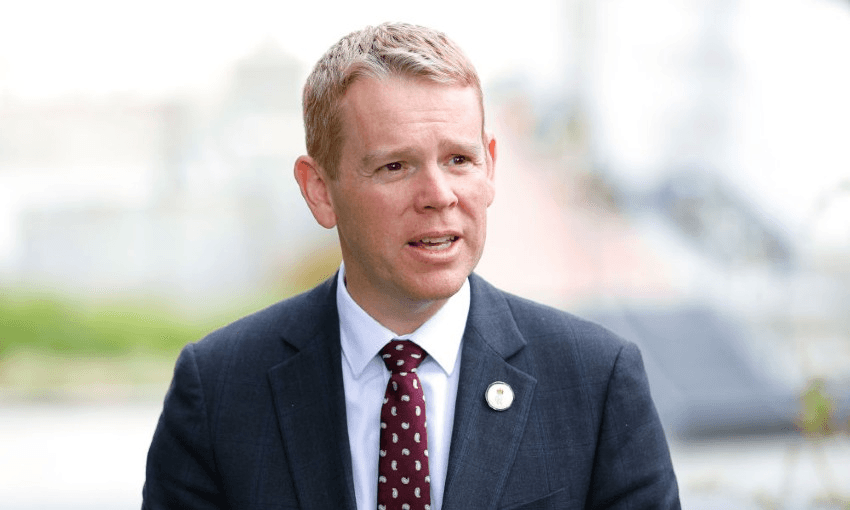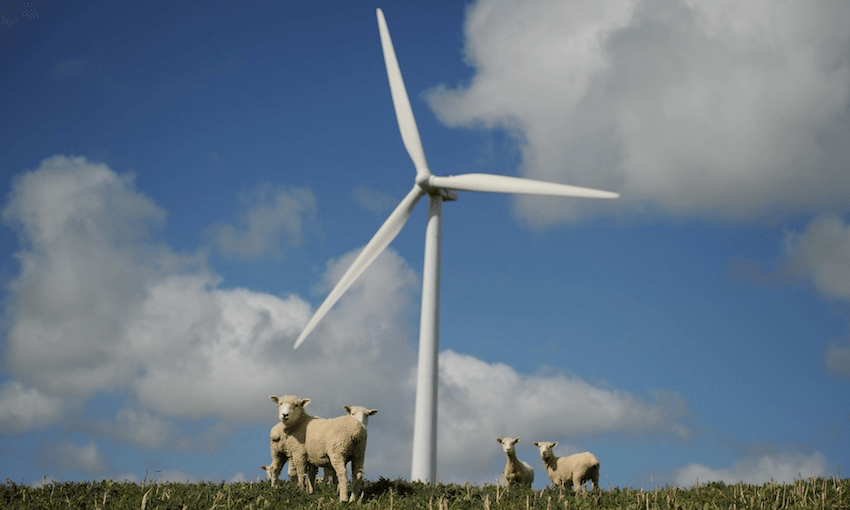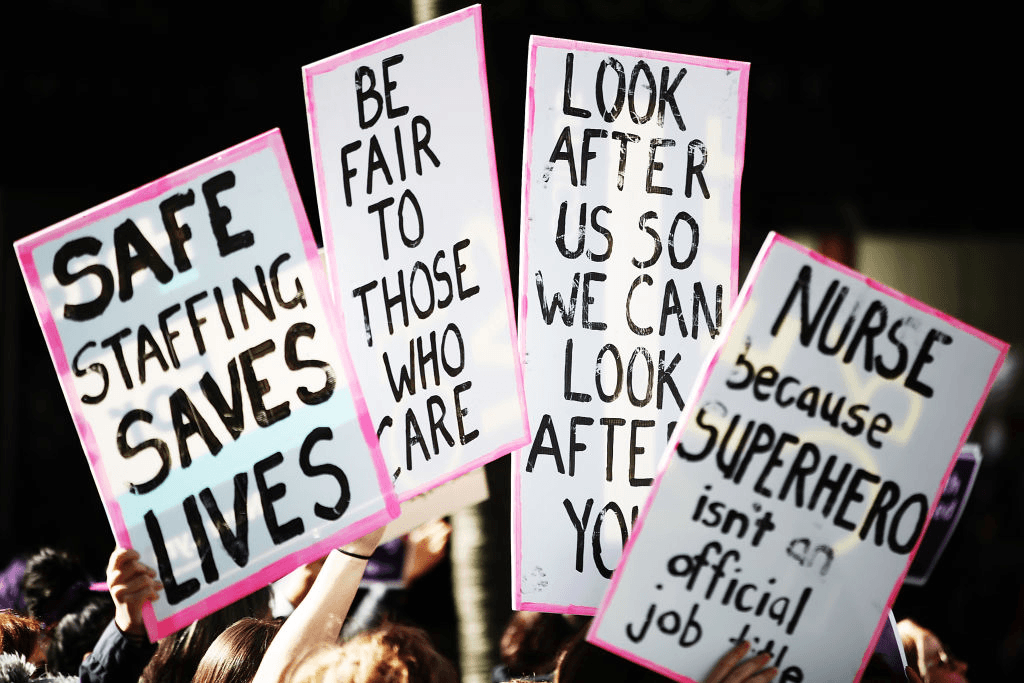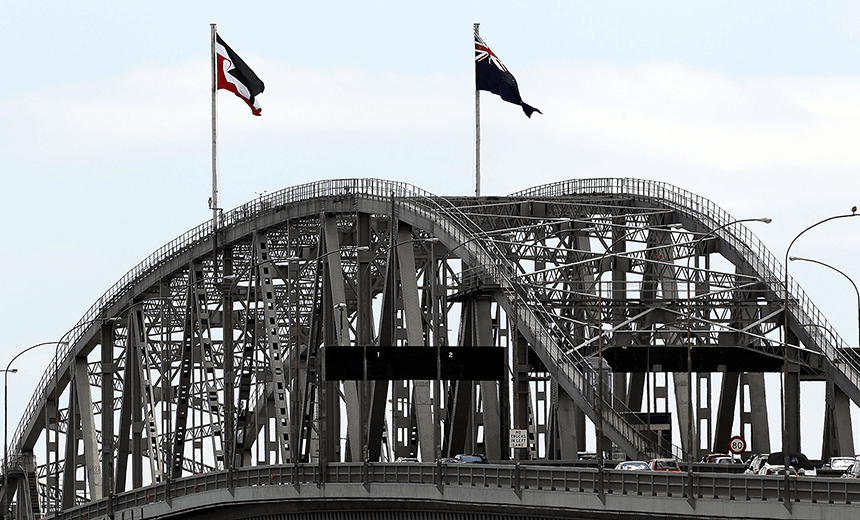The prime minister’s standing by his party’s decision to vote against a paid parental leave bill put up by National’s deputy leader Nicola Willis – and said he’ll have more to say on the issue ahead of October’s election.
Last week, Labour opted to vote down Willis’ bill that would have allowed spouses and partners to split the paid parental leave. It prompted backlash from across the House, including from the Greens.
Speaking at parliament, Chris Hipkins said the official advice on the bill was that it was “unimplementable” and it was therefore a responsible decision to vote against it. However, as a father, he said he knew that families wanted more flexibility around paid parental leave. “We’ve worked hard to give them extra resource – so the extension to six months of paid parent leave is something I am very proud of,” he said.
“I acknowledge some of the issues that were raised last week around the desire for… two parents to have leave concurrently and you’ll see us say a few more things around that shortly.”
A future announcement – from the Labour Party, not the government – on paid parental leave would be unveiled in due course, Hipkins said. “Where we can give parents more options to spend more time at home with their babies… that’s a positive development.”
Read more: Why did Labour vote against the parental leave bill?



